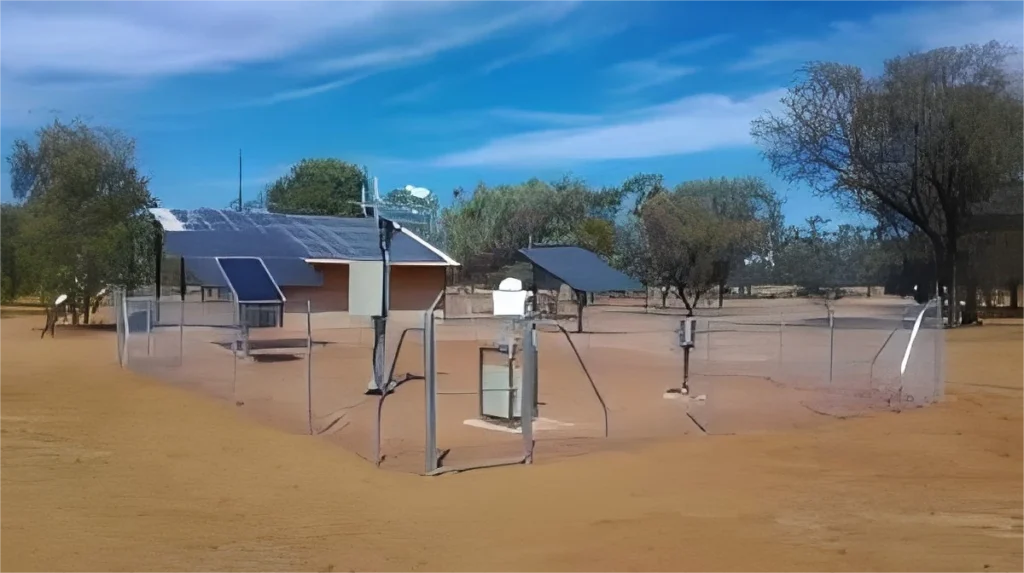
# Disadvantages of Automatic Weather Stations
Automatic Weather Stations (AWS) have revolutionized the way meteorological data is collected, providing real-time information with minimal human intervention. However, despite their numerous advantages, these systems also come with several drawbacks that can impact their effectiveness and reliability.
## High Initial and Maintenance Costs
One of the primary disadvantages of automatic weather stations is the significant cost associated with their installation and upkeep. AWS units require sophisticated sensors, data loggers, and communication equipment, all of which can be expensive. Additionally, regular maintenance is necessary to ensure accurate readings, which further adds to the operational costs.
## Dependency on Power Supply
Automatic weather stations rely heavily on a continuous power supply to function correctly. In remote or off-grid locations, this can be a major challenge. While some AWS units are equipped with solar panels or batteries, these solutions may not always be reliable, especially during prolonged periods of adverse weather conditions.
## Limited Durability in Harsh Environments
Extreme weather conditions, such as heavy rain, snow, or high winds, can damage the sensitive components of an automatic weather station. Corrosion, dust, and other environmental factors can also degrade the equipment over time, leading to inaccurate data or complete system failure.
## Data Accuracy and Calibration Issues
Although AWS units are designed to provide precise measurements, they are not immune to errors. Sensor drift, improper calibration, and mechanical failures can all lead to inaccurate data. Regular calibration and validation are essential, but these processes can be time-consuming and require specialized knowledge.
## Limited Flexibility and Customization
Most automatic weather stations come with a fixed set of sensors and configurations, which may not meet the specific needs of every user. Customizing an AWS to include additional sensors or modify existing ones can be costly and technically challenging, limiting their adaptability for certain applications.
## Data Transmission and Connectivity Challenges
Transmitting data from remote AWS units to central databases can be problematic, especially in areas with poor or no internet connectivity. While some stations use satellite or cellular networks, these options can be expensive and may not always provide reliable data transmission.
## Conclusion
While automatic weather stations offer numerous benefits, their disadvantages cannot be overlooked. High costs, dependency on power, durability issues, data accuracy concerns, limited flexibility, and connectivity challenges are all factors that potential users must consider. Despite these drawbacks, AWS remains a valuable tool in meteorology, provided that their limitations are properly managed and mitigated.